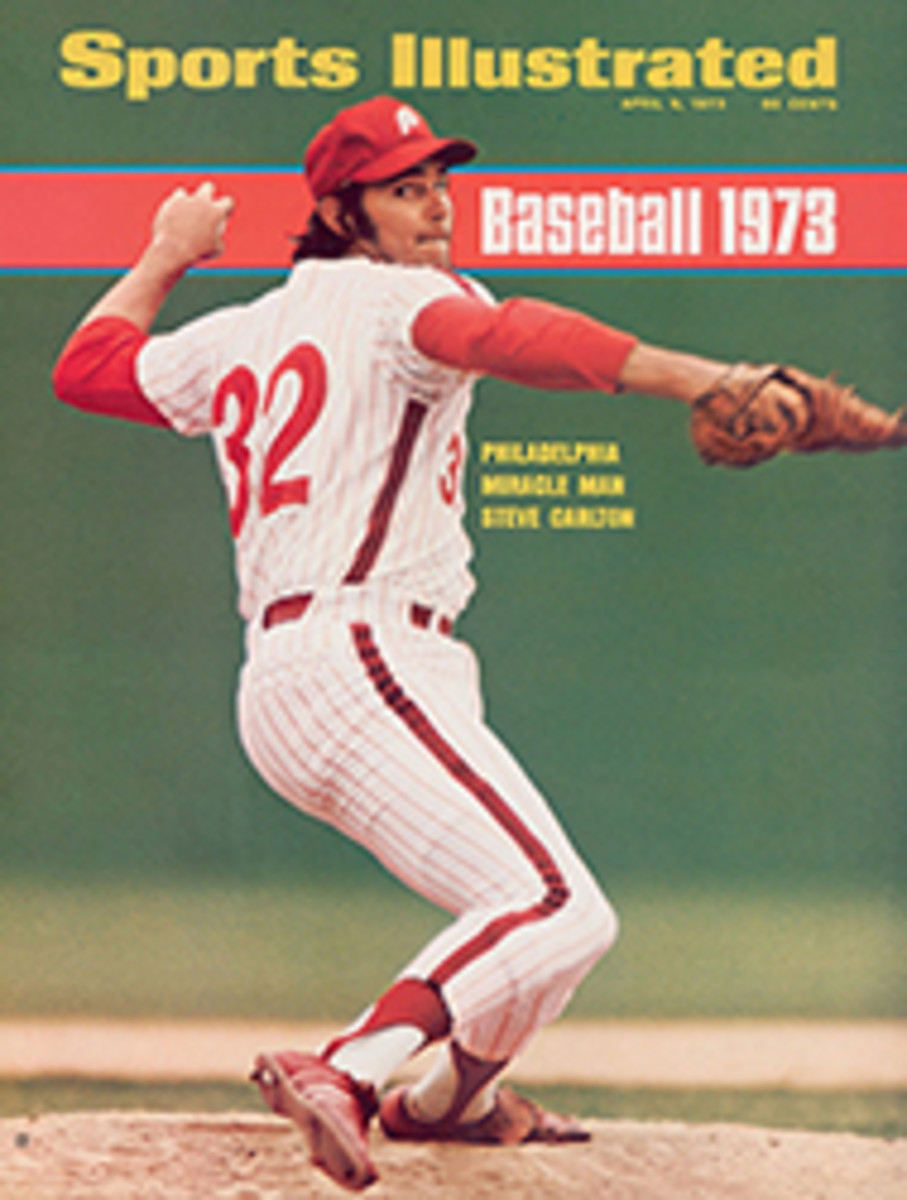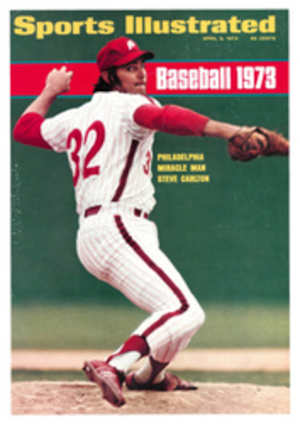
It is onward and, happily, upward for NBC's trend to night baseball coverage
Watching baseball on television is like going to church with a hangover," observes one restless veteran of the long wait between pitches. "You are so anxious for it to end you wonder why you're there in the first place."
The analogy may seem harsh to baseball loyalists who believe their game is truly an art form, but the fact is that baseball and television are uneasy partners. Saturday afternoon ratings of NBC's nationally televised games are an index of baseball's past TV troubles. While the population and number of TV sets have increased—along with crime, living costs and just about everything else—the Saturday baseball audience has only shrunk.
Yet there appears to be a new day, or night, on the horizon for the grand old game, for it is continuing in its trend toward prime-time telecasts. NBC televised three regular-season games at night during 1970, five in the following year, 10 last season and has 15 scheduled for this year. Also, following the precedent established last season, all World Series games except those on weekends will be played after dark next October. There is even a possibility that the weekday playoff games prior to the Series will be switched to nighttime.
A look at the ratings explains the swing to evening. The 25 Saturday telecasts last year were seen in an average of 4.6 million homes (a drop of 30,000 from the previous season, 50,000 since 1968). By contrast, the regular-season night telecasts of '72 were viewed in an average of more than seven million homes, despite loss of continuity caused by the two political conventions and the Summer Olympics. With 15 consecutive Monday night games this season (May 21 to Sept. 3), except for the All-Star break, the ratings should reflect the benefit of habit viewing, pushing the tuned-in-homes average toward eight million.
Nighttime scheduling has also brought sponsors out of the baseball dark. Spots for prime time have sold so well that NBC is using a 15-minute pregame show to scoop up leftover advertising revenue. And there apparently has been a spinoff of interest for the Saturday games, ordinarily a difficult sell. The Saturday rate-card price has been reduced to a more efficient $19,000 per minute, while the regular-season Monday night telecasts remain pegged between $35,000 and $45,000. The World Series, a sellout six months in advance, went for $70,000 per minute for the weekend telecasts and $110,000 for nighttime.
The baseball package includes a sponsor switchover from football that would have been deemed a Bowie Kuhn fantasy in the very recent past. Continental Insurance, previously a football advertiser, is swinging, to the tune of more than $500,000, to baseball, and not just because of the many insurance competitors in the football telecasts. "Anyone who says baseball is dead is talking nonsense. It's still the only major sports buy from May to mid-September," says Joel Nixon of Doyle Dane Bernbach, Continental's agency.
Tom Dawson, former CBS president and now media consultant to baseball, says local spots also have been an easier sell this season. He attributes the bullish market in part to excitement generated by the highly competitive playoffs and World Series last fall, when the mustachioed champion Oakland A's projected an ebullient Gas House Gang image.
"In addition, I think the designated pinch hitter rule shows baseball is ready for change when necessary, and this has helped sales," Dawson says. Curt Gowdy, NBC's main baseball voice, predictably agrees about the designated hitter rule helping the game. "In 25 years of covering baseball I've discovered that excitement comes when men are on the bases. The new rule will put men on."
A cynic might reply that the primary bonus to TV will be to provide fresh material for Gowdy and analyst Tony Kubek during the balls-and-strikes ordeal, helping the stereotyped Saturday viewer, prone on the sofa, to ward off the sandman a few pitches longer.
More evidence of baseball's adjustment to the last third of the century appears in the chance, a slim one, that the game's asinine blackout rule for national TV will be changed. This regulation prohibits the televising, for instance, of a contest between the Mets and Braves at Shea Stadium back to Atlanta, even when local Atlanta TV is not carrying the game. Instead, Atlanta fans get a backup telecast involving two other teams—assuring a smaller audience. This has an impact on ratings, especially in the second biggest TV market, Los Angeles. The owners' purpose in maintaining the rule at all costs is to protect the local market, if only for radio coverage. In contrast to pro football, baseball receives over half its aggregate media revenue, $24 million of a $42 million total, from local-rights fees.
A final upbeat aspect of televised baseball derives from an area where the sport has been vulnerable: camera coverage. The ball is too small and travels too rapidly in unpredictable directions to be easily followed by the viewer. But NBC's facial closeups and slow-motion and freeze-action achievements won acclaim during the playoffs and the Series last October. Presumably they will be continued, enabling the TV viewer to savor some of what he missed so much—the true dramatic qualities of the game.

